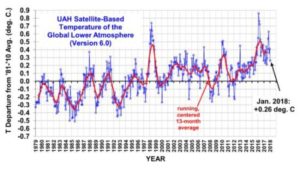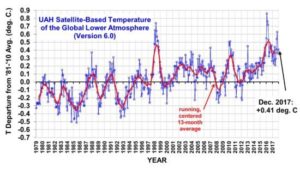by C.E. Manchego et al., December 21, 2017 in PLOS_One
Using presence-only modeling and native forest masks from the Ecuadorian Ministry of Environment, we obtained approximations of characteristic tree species distributions in the dry deciduous forest of southwestern Ecuador, which are threatened by deforestation and climate change. Our estimates indicate that deforestation affects more spatial range than climate change, even under an extreme climate change scenario. Despite this result, climate change may cause additional stress at the species and community levels




